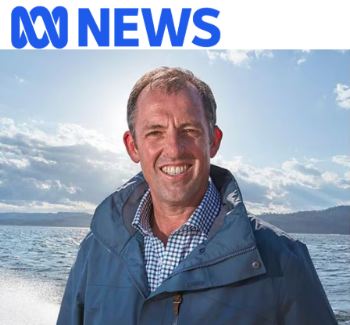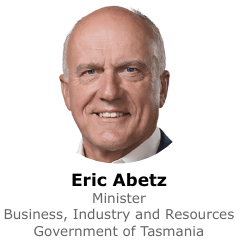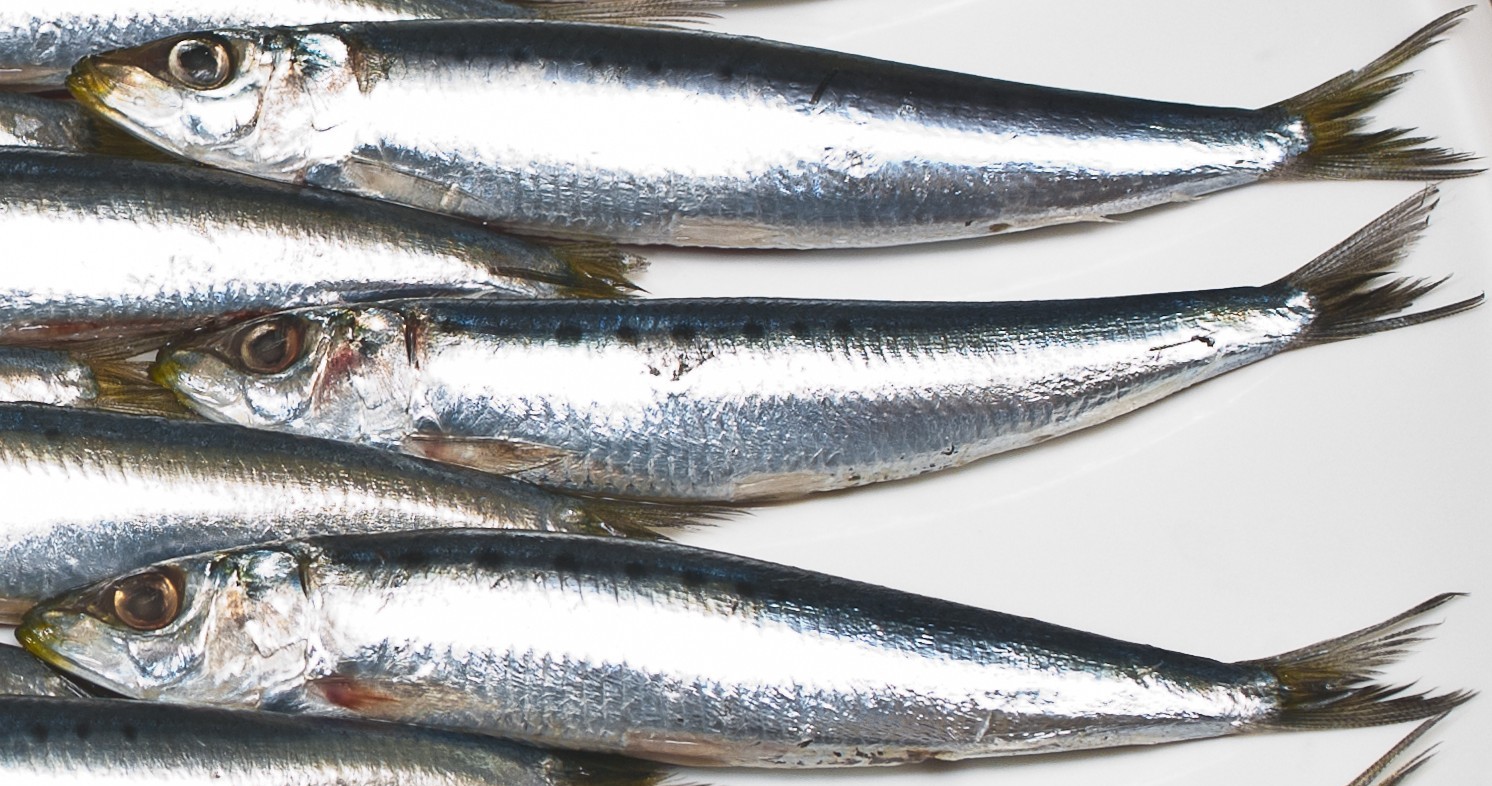|

Tassal CEO Mark Ryan expressed serious doubts about the Department of Natural Resources and Environment (NRE)’s ability
Tassal CEO Casts Doubt on State’s Sardine Fishery Plans
 AUSTRALIA
AUSTRALIA
Friday, April 18, 2025, 00:10 (GMT + 9)
Internal email reveals lack of confidence in government’s ability to deliver viable industry, as Tassal rules out participation, according to reporting by Clancy Balen of ABC News.
 The Tasmanian government’s ambitions to launch a new commercial sardine fishery have hit an early snag—the state’s largest salmon producer, Tassal, has little faith in its viability. The Tasmanian government’s ambitions to launch a new commercial sardine fishery have hit an early snag—the state’s largest salmon producer, Tassal, has little faith in its viability.
An email released under Right to Information laws shows that Tassal CEO Mark Ryan expressed serious doubts about the Department of Natural Resources and Environment (NRE)’s ability to develop the fishery into a functioning commercial operation.
In the June 2024 email to Business, Industry and Resources Minister Eric Abetz and then-acting marine resources general manager Will Joscelyne, Ryan wrote:
“Sorry for my cynicism but I had the same process … relayed to me in 2022 and in 2023 … with the fishery to commence in late 2023.
I just don’t have any confidence in NRE being able to develop this into a commercial interest.”
While the government officially announced its intentions to develop the fishery in November 2024—marking the first new state fishery in decades—Ryan’s email indicates Tassal had long-standing concerns about delays and a lack of clarity.

The CEO did note the importance of the initiative for the state, writing,
“I hope there is a pathway forward for this fishery—it’s too important for Tasmania.”
Tassal Withdraws Interest, Despite Industry Need
Following the release of the email, a Tassal spokesperson confirmed to ABC News that the company has “no plans to participate in the proposed Tasmanian sardine fishery.”
This decision is notable because sardines are considered a key sustainable feed source for Tasmania’s salmon industry. A 2023 report from the Institute of Marine and Antarctic Studies (IMAS) highlighted the ecological and economic benefits of using locally sourced sardines, stating:
“The absence of a large-scale small pelagic fishery off Tasmania limits the opportunity for the salmon industry to obtain the tens of thousands of tonnes of forage fish that it needs annually from a sustainable local source.”
Tassal, owned by Canadian seafood giant Cooke, is one of three major international aquaculture players operating in Tasmania, alongside JBS-owned Huon Aquaculture (Brazil) and Petuna (Sealord, New Zealand).
.png)
Distribution (a) and historical catches (b) from the four stocks of sardine found in Australian waters. Source: Ward et al 2023
Government Pushes Forward Amid Concerns
Despite Tassal’s lack of involvement, the Tasmanian government continues developing its sardine fishery framework. According to NRE, the fishery could support a range of products, including:
-
High-value human consumption
-
Commercial and recreational bait
-
Pharmaceuticals, fish oil, and fish meal
NRE’s development guidelines stress the need to maximize product value and minimize waste, ensuring economic sustainability across different market segments.

Tasmanian State Fishing Waters (yellow) and the waters to which Tasmanian law applies (blue) under a fisheries arrangement with the Commonwealth of Australia.
An NRE spokesperson said the fishery management plan will undergo statutory public consultation later this year, and the final rules and regulations are still under development.
.png) Biomass Size Promising, But Experts Urge Caution Biomass Size Promising, But Experts Urge Caution
The Fisheries Research and Development Corporation (FRDC) estimates the sardine biomass in the Bass Strait at around 210,000 tonnes, based on its December 2024 report. The Tasmanian government has floated a proposed maximum harvest rate of 15%, in line with IMAS recommendations.
Still, the FRDC has called for a “precautionary approach” to fishery development, noting that while sustainable harvest appears possible, more long-term data is needed to inform catch limits and spatial management.
The sardine fishery was first explored as a commercial opportunity back in 2014, but it wasn’t until late 2024 that the project gained official traction. Community consultations are ongoing across the state, but industry skepticism—particularly from major players like Tassal—casts a shadow over the fishery’s potential.
[email protected]
www.seafood.media
|



